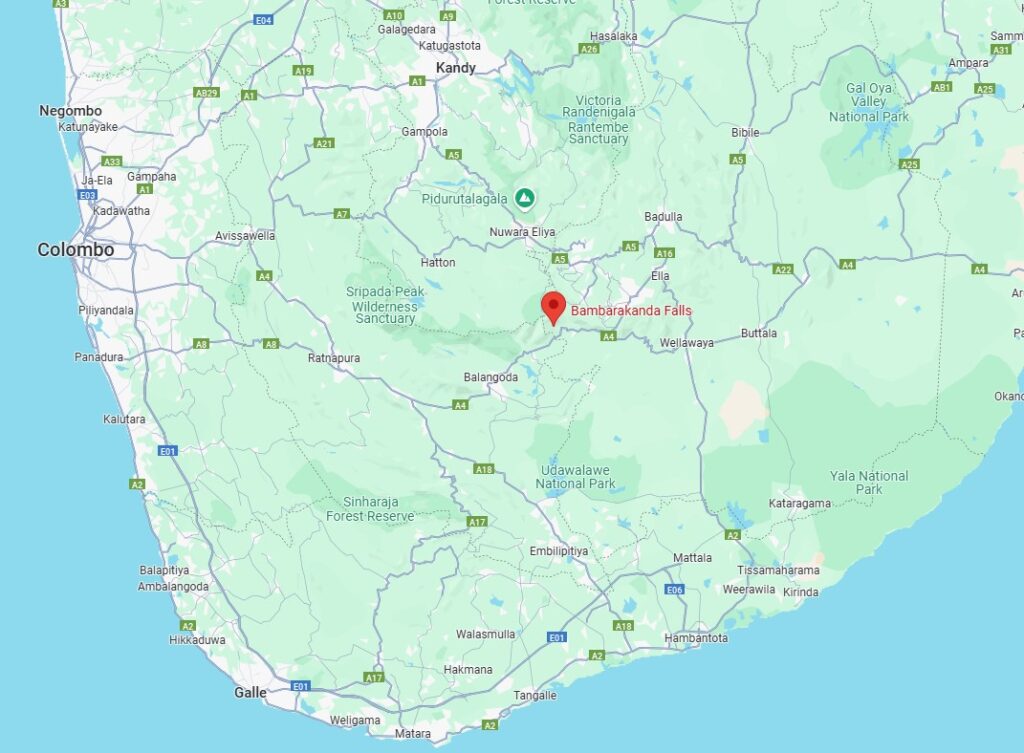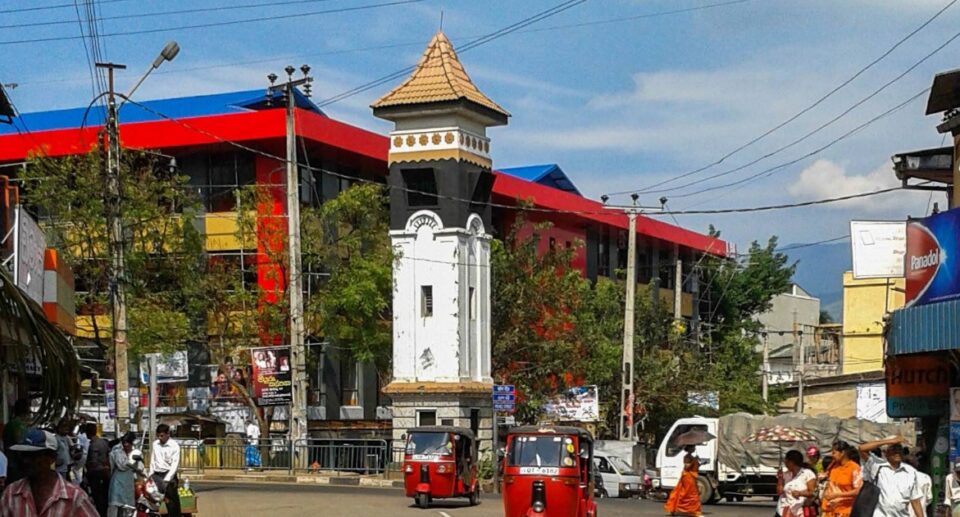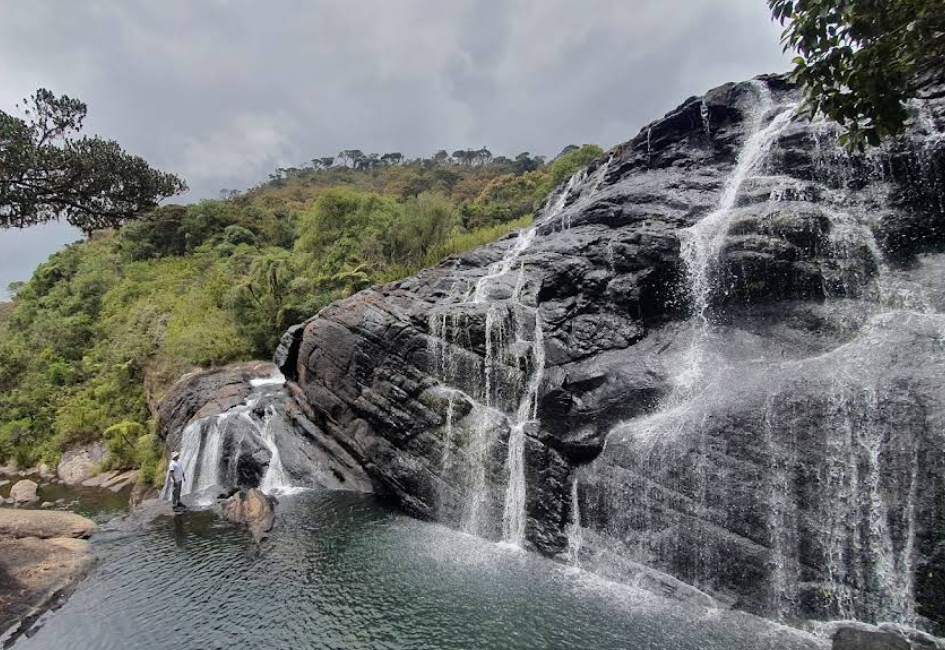Bambarakanda Falls: Sri Lanka’s Tallest Waterfall
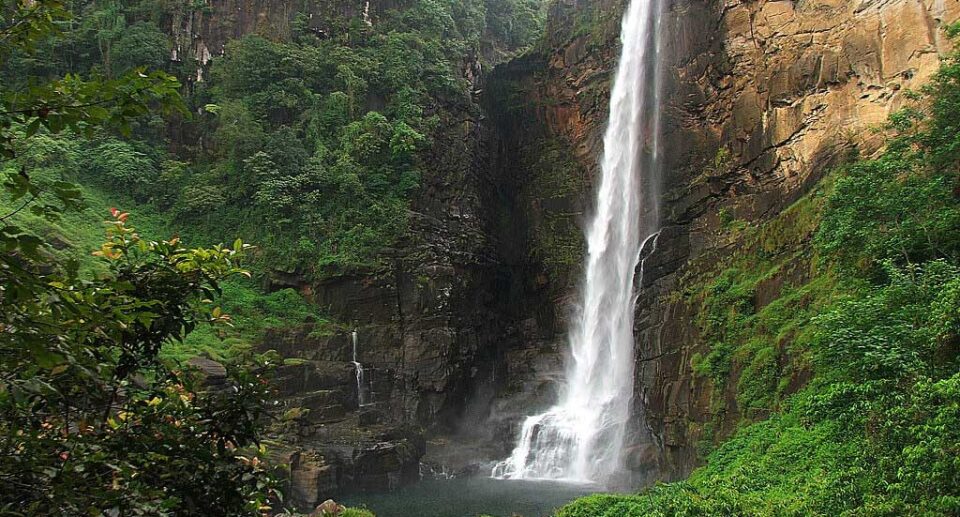
Situated in the center of Sri Lanka’s mountain highlands, Bambarakanda Falls is a breathtaking work of nature which leaves all onlookers with their mouths wide open. Raising 263 meters (863 feet) tall, Bambarakanda was officially announced the tallest waterfall of Sri Lanka. Located in the Badulla District, in the little village of Kalupahana of the Haputale region, the falls are nestled amidst mist-shrouded mountains, pine forests, and lush greenery, serving as a picture-perfect escape from the world’s mayhem below.
Geography and Natural Setting
The Bambarakanda Falls is formed by the Kuda Oya, a tributary of the Walawe River. The water cascades down a vertical rock face in one dramatic drop, with a spectacular sight to behold, especially during the rainy season when the water level is highest. The falls is situated against the backdrop of the Horton Plains Plateau, part of the Central Highlands — itself a UNESCO World Heritage Site. This is due to the extremely high biodiversity and ecological value of the area.
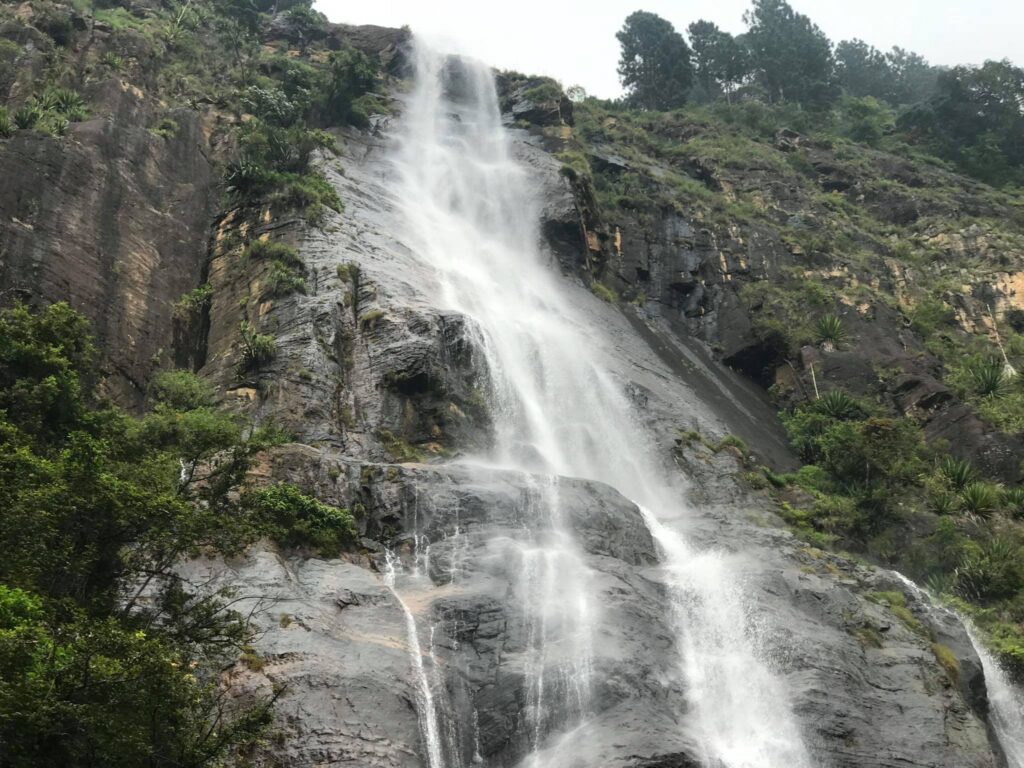
Surrounding topography is hilly and rugged with the great height of the mountain ranges of Uva and the Central provinces that rule the horizon. With an approximate height of 1,100 meters sea level at base level, there is a peaceful, almost religious environment in this cold climate as well as a dense forest cover surrounding Bambarakanda.
Access and Location

Although Bambarakanda is located in a rather isolated place, it is not that distant for local as well as overseas tourists. Belihuloya, the nearest big town, is 5 km away. The waterfalls are accessible by road from Colombo (6-7 hour journey) or Badulla and Bandarawela, which are closer and more convenient to tourists visiting the hill country.
To reach the waterfall, travelers typically use a one-lane road from Kalupahana along the A4 highway (Batticaloa–Colombo road) through tea plantations and rolling hills. From the trailhead, there is a short walk — around 1 km in a pine plantation — to the rim of the base of the waterfall.
While the road can be driven far enough, people prefer to hike the last few miles so they can enjoy the natural surroundings, the fresh air, and serenity of the forest.
Ecological and Environmental Value
Bambarakanda Falls is not just a tourist attraction; it is also found in a fragile mountain environment. The region supports a variety of flora and fauna of the central highlands. Adjacent Ohiya Forest Reserve and broader Horton Plains National Park are invaluable biodiversity zones. Tourists often experience interactions with bird species such as Sri Lankan yellow-eared bulbul, mountain hawk-eagle, and purple-faced langurs — a testament to the site’s ecological significance.
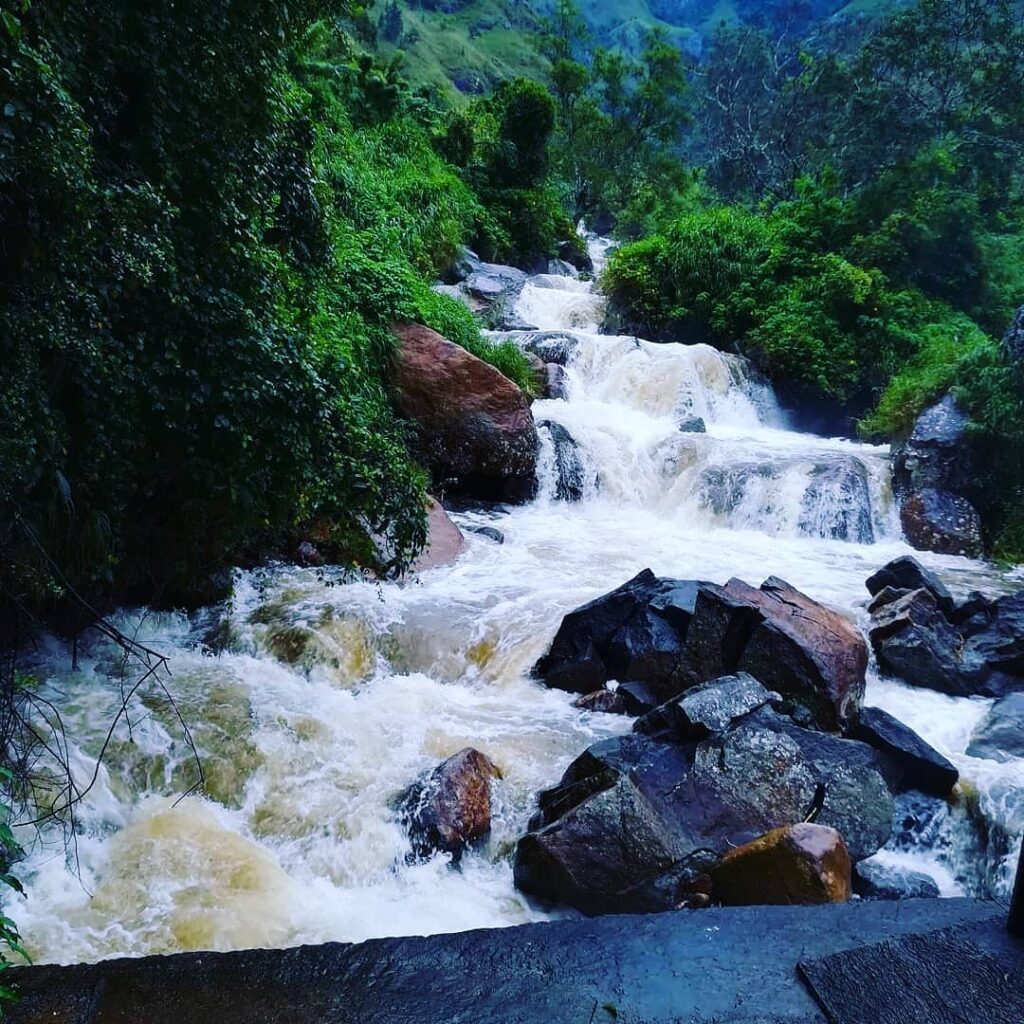
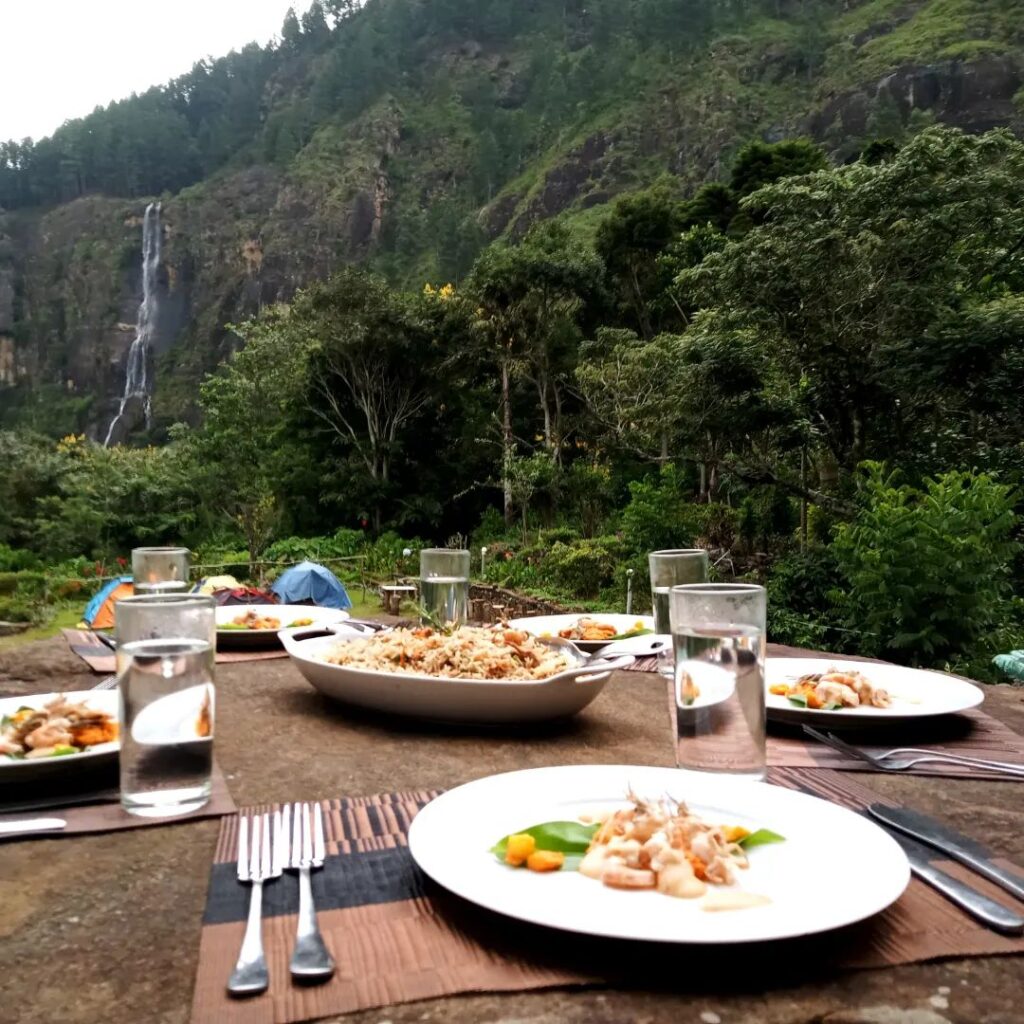
The waterfalls are surrounded by pine plantations, which were introduced in colonial times, but remnants of native montane forest remain intact. The highland forests are crucial for water catchment and play a significant role in the hydrology of the island.
Tourism and Visitor Experience
Bambarakanda is a popular but relatively peaceful location, perfect for guests who would like to have a little seclusion and some scenery. There is a small natural pool on the floor which individuals may take a dip to relieve themselves from, although caution is required due to slippery rocks and aggressive currents during rainy months. Commercialism around the waterfalls is minimal, and therefore it adds its unprocessed and natural beauty.
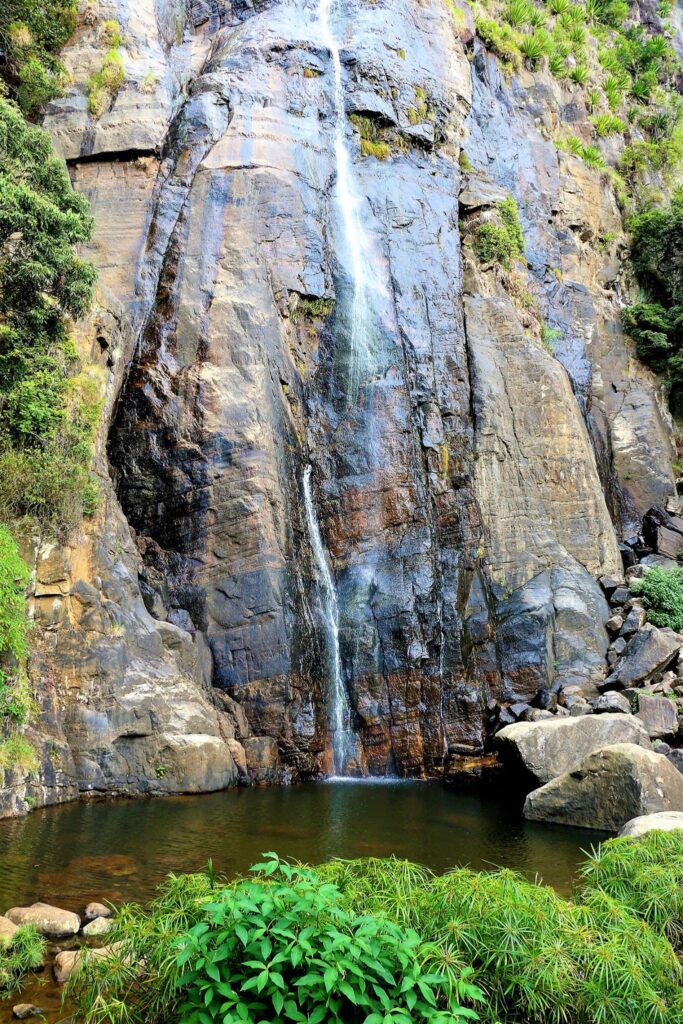
For those who enjoy hiking, there are numerous trails in the area. One of the most well-known is the Bambarakanda to Horton Plains trek, which takes adventurous hikers over mountain ridges, forests, and grasslands before finally connecting to World’s End, another of Sri Lanka’s most famous viewpoints.
Accommodations near Bambarakanda are mostly eco-lodges, guest houses, and small hotels in Kalupahana, Haputale, or Belihuloya. These offer good accommodations with stunning views of the nearby hills and typically include home-cooked Sri Lankan meals.
Best Time to Visit
The best time to experience Bambarakanda Falls would be during the southwest monsoon period that generally occurs from May to September. This is the time when water level is highest and the falls are at their strongest. However, frequent rains during this time might also make the roads slippery and the pathways muddy.
As far as bluer skies and better hiking weather are concerned, a fit substitute for the December to February dry season would be convenient, though the waterfall would be less copious.
Cultural and Local Significance
Although Bambarakanda Falls is famous primarily for its natural importance, it also holds cultural importance for the residents. Many villagers in the surrounding areas are agriculturists by profession, primarily involved in tea and vegetable cultivation, and are reliant on the water streams flowing out from the highlands.
Tourism has now turned into a secondary source of income for locals as well, as many of them have small homestays, guiding tours, or food stalls near the falls. Sustainable tourism is increasingly becoming aware in the area, and measures are taken to protect the environment while promoting the place.
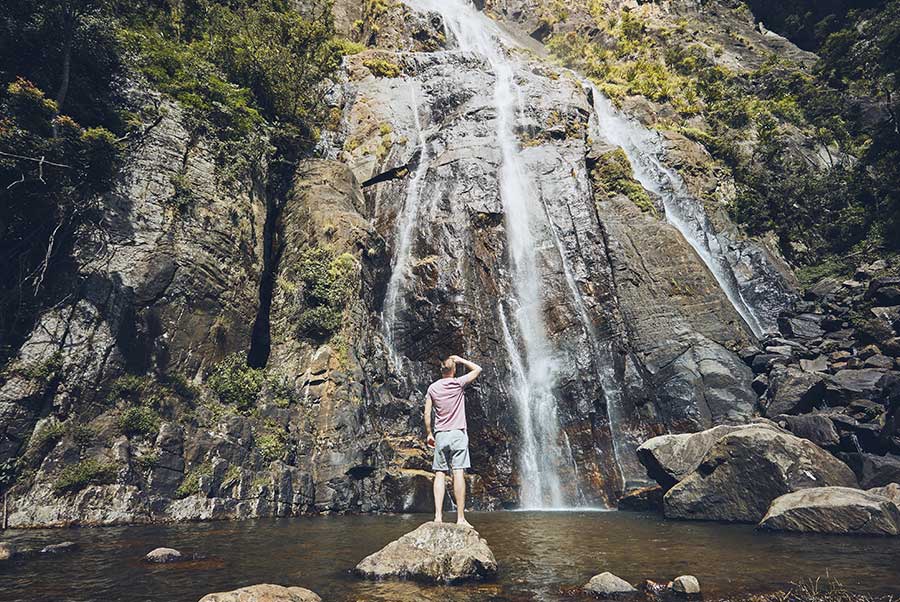
Conservation and Responsible Tourism
Along with an increase in tourism comes greater need for protection of this vulnerable natural wonder. Travelers are asked to maintain ecologically correct behavior don’t litter, stay on designated pathways, and do not encroach upon the habitat of wild animals. Both the government and environmentally friendly NGOs have been promoting measures for the preservation of forests and nature-based educational programs targeting travelers and citizens.
Bambarakanda Falls is more than just the tallest waterfall in Sri Lanka it is a symbol of the island’s stunning natural heritage. Whether you’re a hiker, a photographer, a nature lover, or someone simply in search of peace and inspiration, a visit to Bambarakanda offers a profound and refreshing experience. With Sri Lanka set to become a top eco-tourism destination, gems such as Bambarakanda are not only known by the height that they measure, but by the depths of awe with which they induce wonder.
